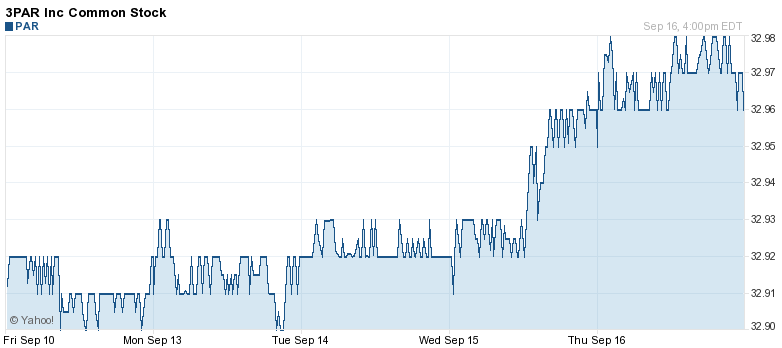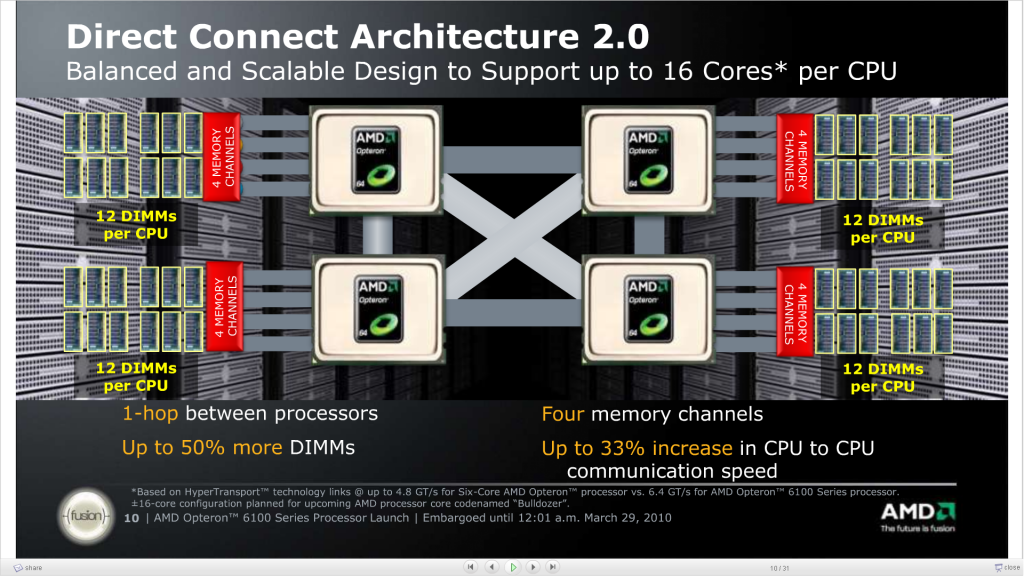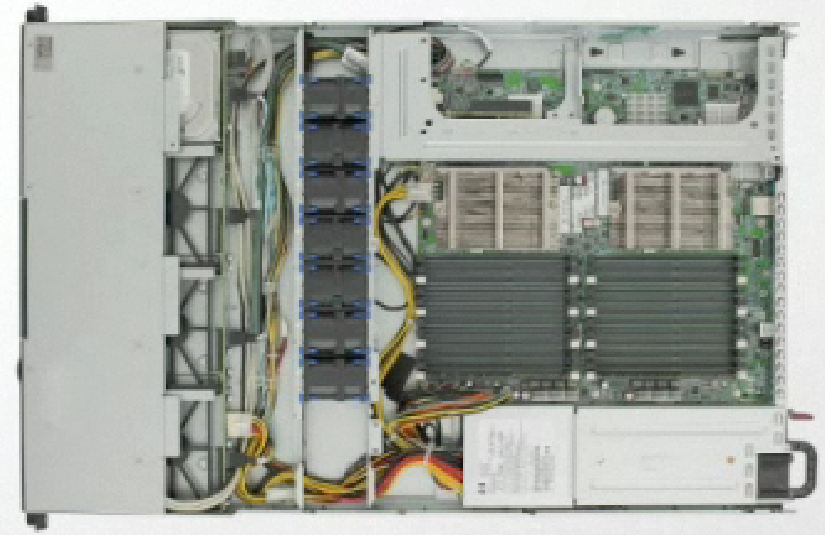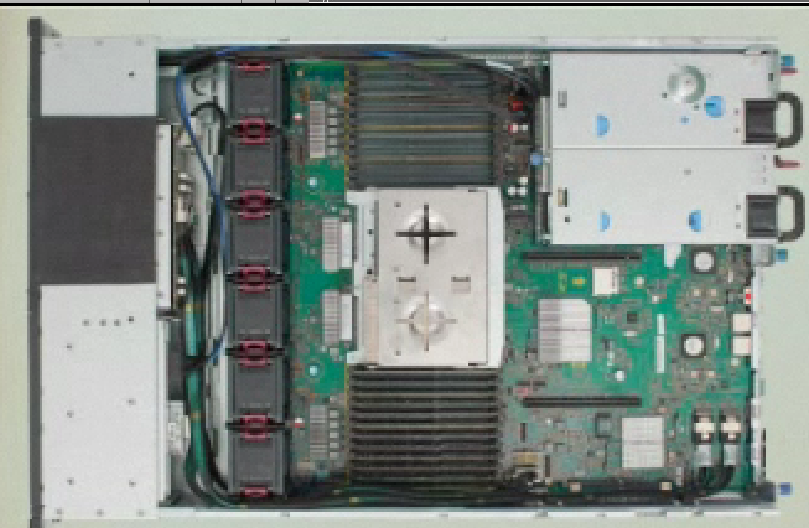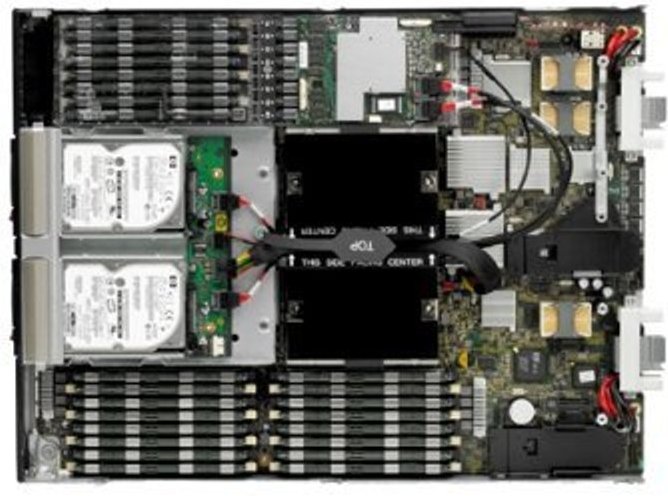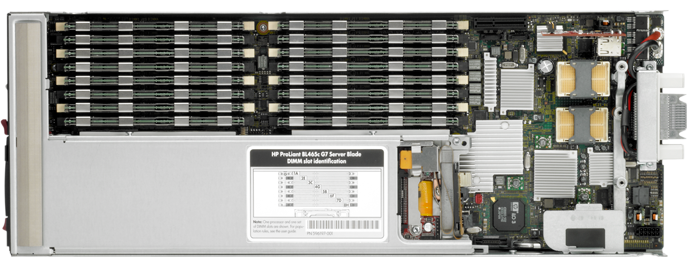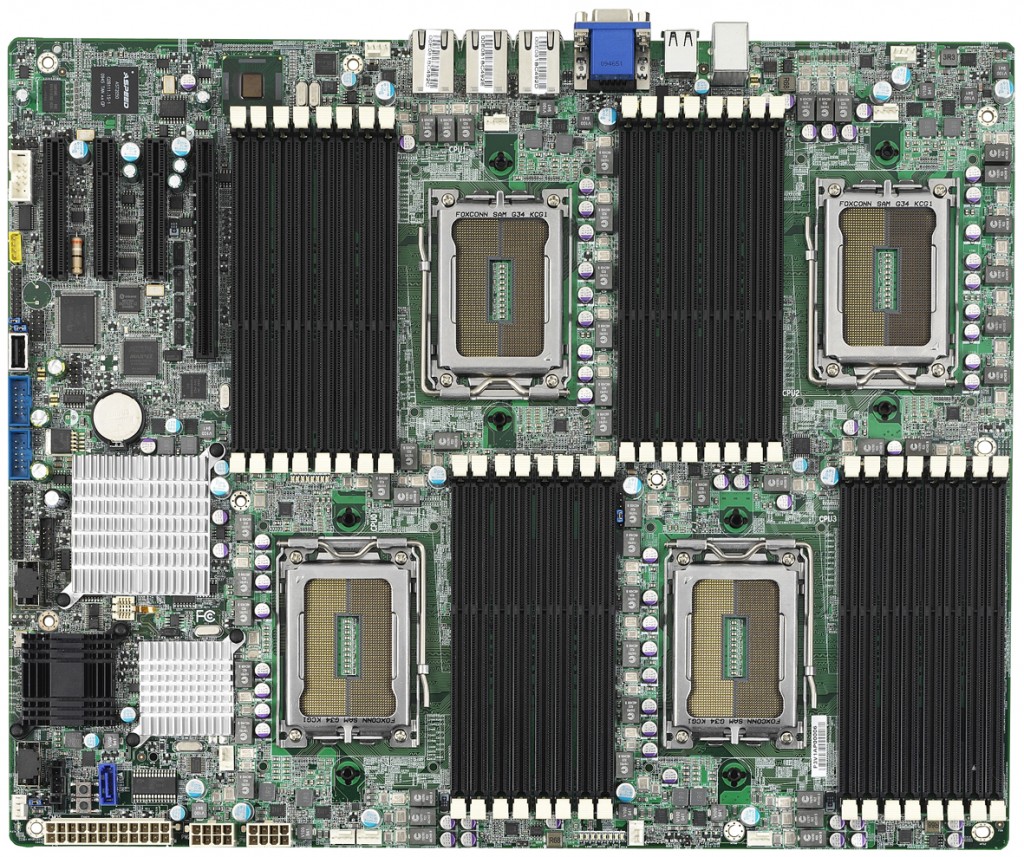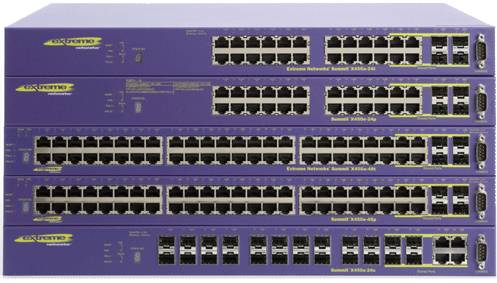So, Sun and Oracle kissed and made up recently over the lawsuits they had against each other, from our best friends at The Register –
Whatever the reasons for the mutual agreement to dismiss the lawsuits, ZFS technology product users and end-users can feel relieved that a distracting lawsuit has been cleared away.
Since the terms of the settlement or whatever you want to call it have not been disclosed and there has been no apparent further comment from either side, I certainly wouldn’t jump to the conclusion that other ZFS users are in the clear. I view it as if your running ZFS on Solaris your fine, if your using OpenSolaris your probably fine too. But if your using it on BSD, or even Linux (or whatever other platforms folks have tried to port ZFS to over the years), anything that isn’t directly controlled by Oracle, I wouldn’t be wiping the sweat from my brow just yet.
As is typical with such cases the settlement (at least from what I can see) is specifically between the two companies, there have been no statements or promises from either side from a broader technology standpoint.
I don’t know what OS folks like Coraid, and Compellent use on their ZFS devices, but I recall when investigating NAS options for home use I was checking out Thecus, a model like the N770+ and among the features was a ZFS option. The default file system was ext3, and supported XFS as well. While I am not certain, I was pretty convinced the system was running Linux in order to be supporting XFS and ext3, and not running OpenSolaris. I ended up not going with Thecus because as far as I could tell they were using software RAID. Instead I bought a new workstation(previous computer was many years old), and put a 3Ware 9650SE RAID controller(with a battery backup unit and 256MB of write back cache) along with four 2TB disks(RAID 1+0).
Now as and end user I can see not really being concerned, it is unlikely Netapp or Oracle will go after end users using ZFS on Linux or BSD or whatever, but if your building a product based on it(with the intension of selling/licensing it), and you aren’t using an ‘official’ version, I would stay on my toes. If your product doesn’t compete against any of NetApp’s product lines then you may skirt by without attracting attention. And as long as your not too successful Oracle probably won’t come kicking down your door.
Unless of course further details are released and the air is cleared more about ZFS as a technology in general.
Interestingly enough I was reading a discussion on Slashdot I think, around the time Oracle bought Sun and folks became worried about the future of ZFS in the open source world. And some were suggesting as far as Linux was concerned btrfs, which is the Linux community’s response to ZFS. Something I didn’t know at the time was that apparently btrfs is also heavily supported by Oracle(or at least it was, I don’t track progress on that project).
Yes I know btrfs is GPL, but as you know I’m sure a file system is a complicated beast to get right. And if Oracle’s involvement in the project is significant and they choose instead to for whatever reason drop support and move resources to ZFS, well that could leave a pretty big gap that will be hard to fill. Just because the code is there doesn’t mean it’s going to magically code itself. I’m sure others contribute, I don’t know what the ratio of support is from Oracle vs outsiders. I recall reading at one point for OpenOffice something like 75-85% of the development was done directly by Sun Engineers. Just something to keep in mind.
I miss reiserfs. I really did like reiserfs v3 way back when. And v4 certainly looked promising (never tried it).
Reminds me of the classic argument that so many make for using open source stuff (not that I don’t like open source, I use it all the time). That is if there is a bug in the program you can go in and fix it yourself. My own experience at many companies is the opposite, they encounter a bug and they go through the usual community channels to try to get a fix. I would say it’s a safe assumption to say in excess of 98% of users of open source code have no ability to comprehend or fix the source they are working with. And that comes from my own experience of working for, really nothing but software companies over the past 10 years. And before anyone asks, I believe it’s equally improbable that a company would hire a contractor to fix a bug in an open source product. I’m sure it does happen, but pretty rare given the number of users out there.
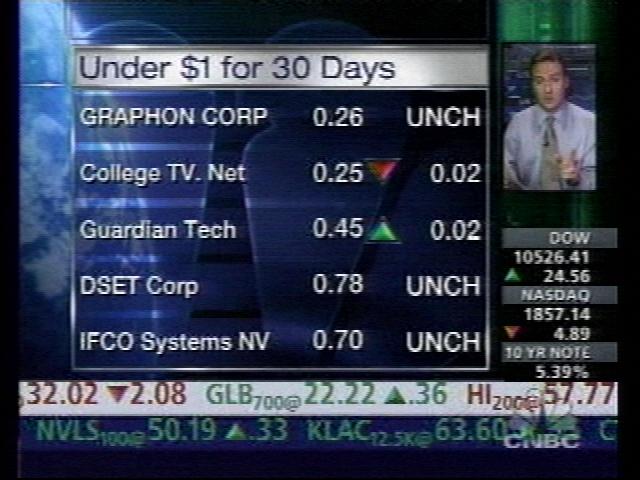 My company at the top of the list! I miss Tom Costello, he was a good NASDAQ floor guy. Screen shot is from March 2002. Also crazy that the DOW is only 68 points higher today than it was eight years ago.
My company at the top of the list! I miss Tom Costello, he was a good NASDAQ floor guy. Screen shot is from March 2002. Also crazy that the DOW is only 68 points higher today than it was eight years ago.